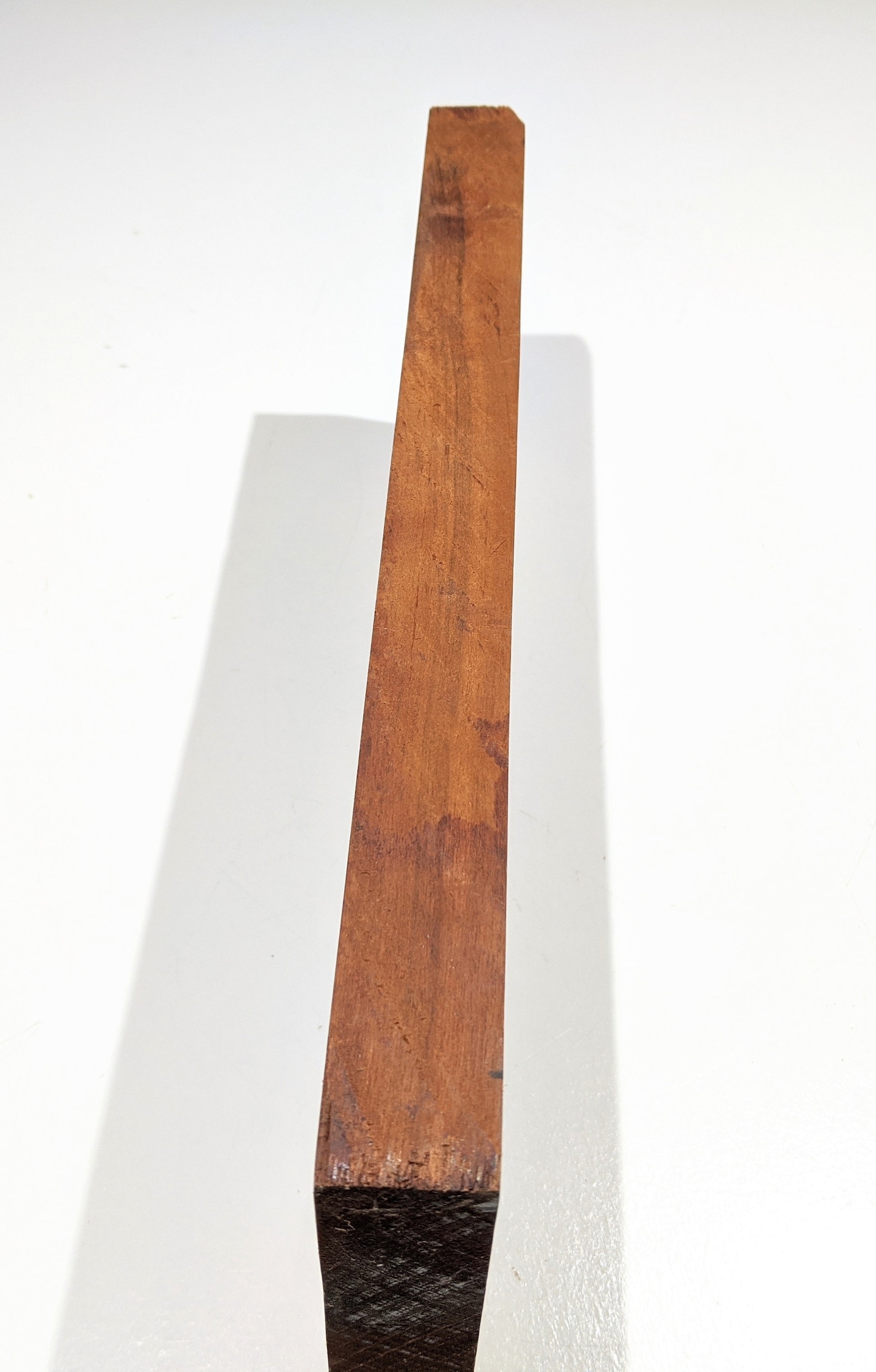Forest reserves contain b. Plurijuga [ 5169 ]. It is considered to be a priority for in situ conservation by fao, 1984 [ 5169 ]. The baikiaea thickets that grow on grassland are still fairly widespread and timber from these thickets can be utilised [ 5169 ]. In its natural range, from tanzania to zimbabwe, b.
The native range of this species is w. It is a biennial or perennial and grows primarily in the temperate biome. It is used as a poison and a medicine, has. Apr 12, 2006 · baikiaea plurijuga, burkea africana, guibourtia coleosperma and pterocarpus angolensis seem to reach their bioclimatic limits in namibia. At the local level, plant traits. Nov 22, 2019 · this datasheet on baikiaea plurijuga covers identity, overview, associated diseases, pests or pathogens, distribution, biology & ecology, environmental requirements,. Jan 1, 2017 · in this study, we examined a genus new to dendrochronology, namely baikiaea plurijuga (spreng. ) harm that dominates the zambezi teak forests in zambia with the objective. Plurijuga, often known as rhodesian teak, is an important timber tree. The wood is attractive, works well, and is used in furniture, building and in industry. They show pink to deep mauve flowers, have yellow stamens, and are.
Fletcher Hall's Secret Weapon: Miniature Music
Rank 3 AssertionError: PagedAdamW32Bit – A Step-by-Step Guide
The Legacy Of Macartney And Claus Osman Lives On
